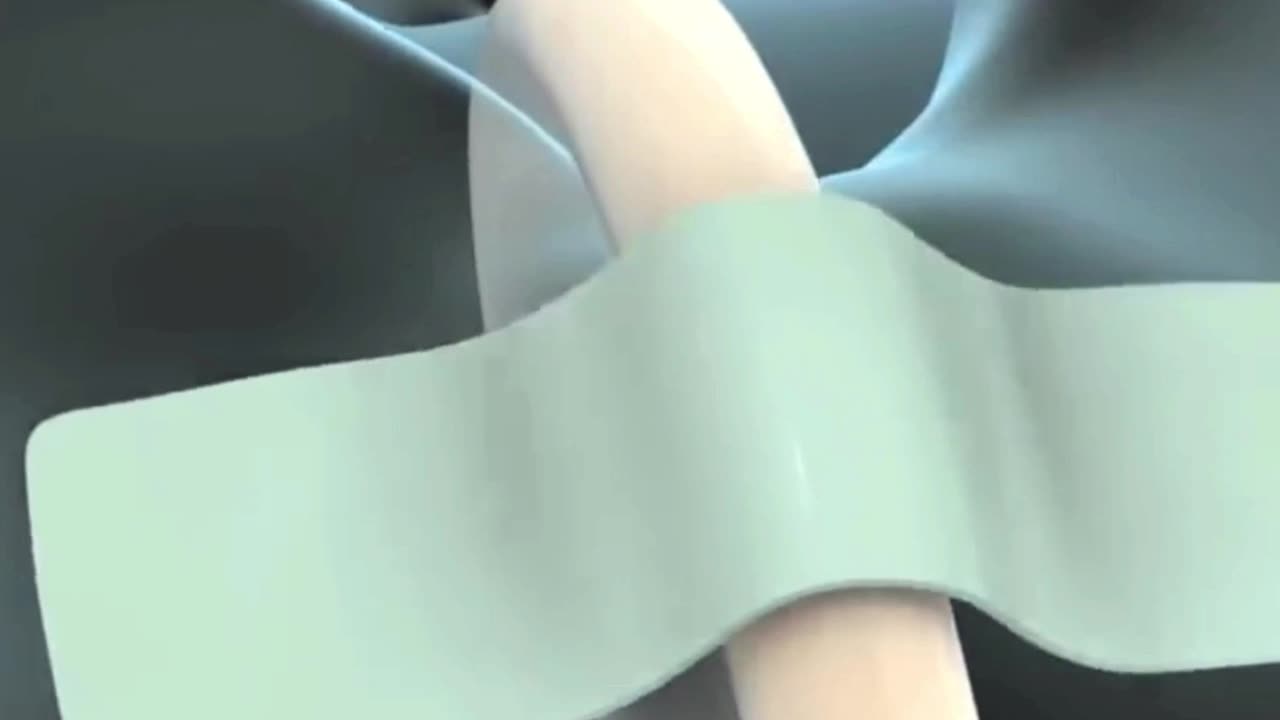Premium Only Content

Intubation and endotracheal tube ETT
Intubation and Endotracheal Tubes
Intubation is a medical procedure that involves inserting a tube into a patient's airway to ensure they can breathe properly. This process is commonly performed in emergencies, surgeries, or when a patient cannot breathe independently due to illness or injury.
What is Intubation?
Intubation involves placing a flexible tube, called an endotracheal tube (ET tube), through the mouth or nose and into the trachea (windpipe). This tube helps keep the airway open and delivers oxygen, anesthetic gases, or other medications directly to the lungs.
When is Intubation Necessary?
Intubation is often required in the following situations:
- Respiratory Failure: When a patient cannot breathe adequately.
- Surgery: To maintain an open airway and avoid aspiration during anesthesia.
- Severe Infections, such as pneumonia or COVID-19, can impair breathing.
- Trauma: Injuries to the head, neck, or chest that obstruct the airway.
- Overdose: When drug overdose causes respiratory depression.
The Intubation Procedure
1. Preparation: The patient is usually given medication to sedate them and prevent pain. Vital signs are monitored closely.
2. Positioning: The patient's head is tilted back to open the airway. A laryngoscope, a unique instrument with a light, is used to view the throat and guide the tube.
3. Insertion: The endotracheal tube is carefully inserted through the mouth or nose, past the vocal cords, and into the trachea.
4. Confirmation: The tube placement is confirmed by listening to breath sounds, checking chest movement, and using devices like a capnograph to measure carbon dioxide levels.
5. Securing the Tube
Types of Endotracheal Tubes
- Oral Endotracheal Tube: Inserted through the mouth.
- Nasal Endotracheal Tube: Inserted through the nose, often used when oral access is difficult.
- Cuffed Endotracheal Tube: A balloon-like cuff near the tip inflates to seal the trachea, preventing air leaks and aspiration.
- Uncuffed Endotracheal Tube: Lacks a cuff and is often used in children.
Risks and Complications
While intubation is a life-saving procedure, it carries some risks, including:
- Infection: Increased risk of pneumonia or other infections.
- Injury: Damage to the teeth, vocal cords, or trachea.
- Misplacement: Incorrect tube placement can lead to inadequate ventilation.
www.MedicalArtsShop.com
-
 LIVE
LIVE
LFA TV
13 hours agoBREAKING NEWS ALL DAY! | TUESDAY 9/30/25
3,716 watching -
 LIVE
LIVE
The Shannon Joy Show
1 hour agoWWE DC! Chuck The Cuck Schumer Takes On Fat Boy Trump In A Budget Battle. Live W/ David Knight
171 watching -
 LIVE
LIVE
Grant Stinchfield
30 minutes agoThe Shocking Charts That Change Everything About What you Thought About Vaccines!
87 watching -
 1:01:24
1:01:24
VINCE
3 hours agoDemocrats Can't Keep This Sex Criminal Locked Up | Episode 136 - 09/30/25
197K158 -
 1:59:05
1:59:05
Badlands Media
8 hours agoBadlands Daily: September 30, 2025
37.4K19 -
 LIVE
LIVE
The Big Mig™
2 hours agoPeace In The Middle East Or War?
4,760 watching -
 DVR
DVR
The State of Freedom
4 hours ago#337 What’s Behind the LA GOP Dysfunction? Insiders, Denialists & Deplorables
19.1K3 -
 1:42:59
1:42:59
Dear America
3 hours agoCharlie’s Killer Fights For NO DEATH PENALTY!! NOT HAPPENING!! + Gov Shutdown Imminent!!
138K93 -
 2:47:35
2:47:35
Right Side Broadcasting Network
4 hours agoLIVE REPLAY: President Trump and Pete Hegseth Address Military Leaders at Quantico - 9/30/25
102K98 -
 1:32:46
1:32:46
The White House
3 hours agoPresident Trump Delivers Remarks to the Department of War
49.2K12